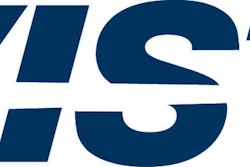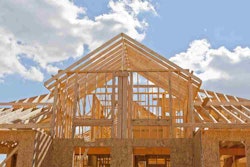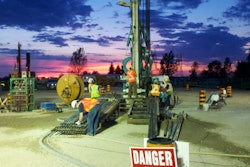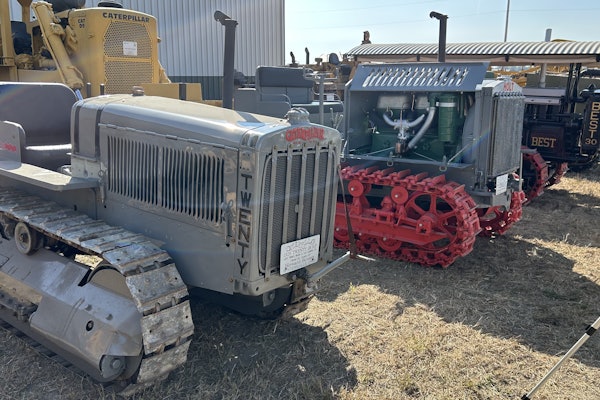 Seattle, Washington traffic after a Seahawks game. Credit: ASCE 2013 report card/Oran Viriyincy
Seattle, Washington traffic after a Seahawks game. Credit: ASCE 2013 report card/Oran ViriyincyAmerica’s infrastructure has been the topic of many conversations lately—few, if any, of them good. President Barack Obama said U.S. infrastructure is “badly in need of repair” during the most recent State of the Union address and has proposed a “fix-it-first initiative to, well, fix the problem.
Even outgoing Transportation Sec. Ray LaHood has called U.S. infrastructure “one big pothole.”
And now the American Society of Civil Engineers has chimed in. In its 2013 Report Card for America’s Infrastructure, the society gave American infrastructure a grade of D+. And get this: that’s actually a slight improvement from the D the last report card gave in 2009.
The grade for bridges improved to a C+ in 2013 as one in nine of the nation’s bridges are rated structurally deficient, according to the report. The average age of these bridges is 42 years old; bridges are built to last about 50 years so the average bridge is near the end of its life.
American roads were given a grade of D this year. The report says efforts to improve conditions and a significant reduction in highway fatalities led to this improved grade. “However,” the report reads, “42 percent of America’s major urban highways remain congested, costing the economy an estimated $101 billion in wasted time and fuel annually.”
The average age of the 84,000 dams in the U.S. is 52 years old and 4,000 of them are deficient. All of that means a grade of D from the ASCE. “The nation’s dams are aging and the number of high-hazard dams is on the rise,” the report reads.
The rest of the grades given are as follows:
- Aviation: D
- Drinking water: D
- Energy: D
- Hazardous Waste: D
- Inland Waterways: D-
- Levees: D-
- Ports: C
- Public Parks and Recreation: C-
- Rail: C+
- Schools: D
- Solid Waste: B-
- Transit: D
- Waste Water: D
“The 2013 Report Card demonstrates that we can improve the current condition of our nation’s infrastructure — when investments are made and projects move forward, the grades rise,” the report reads. “For example, greater private investment for efficiency and connectivity brought improvements in the rail category; renewed efforts in cities and states helped address some of the nation’s most vulnerable bridges; and, several categories benefited from short-term boosts in federal funding.”









